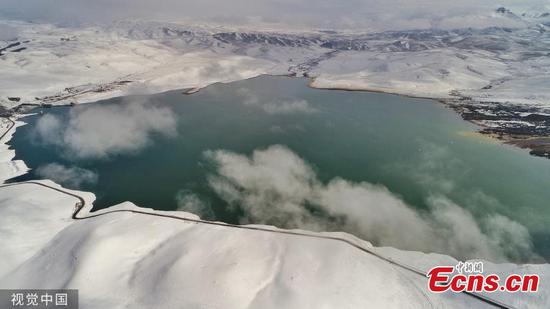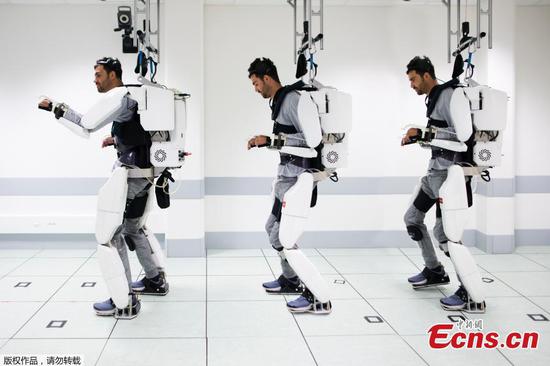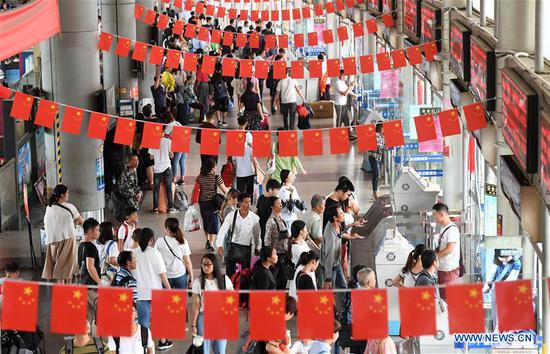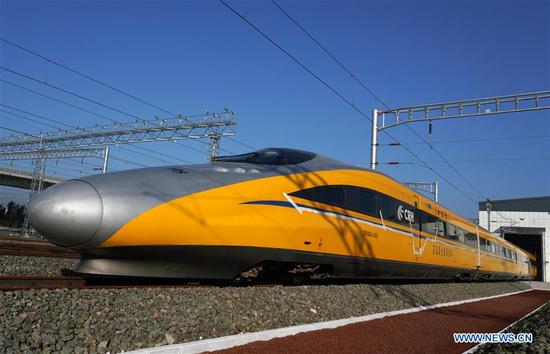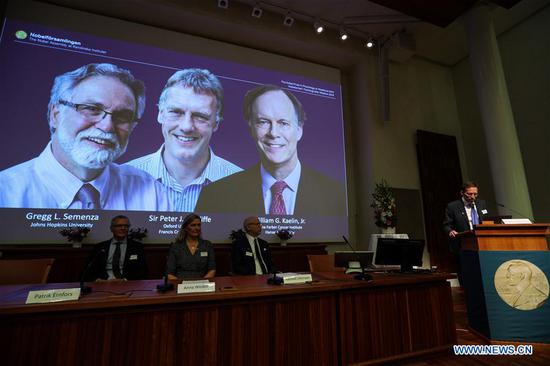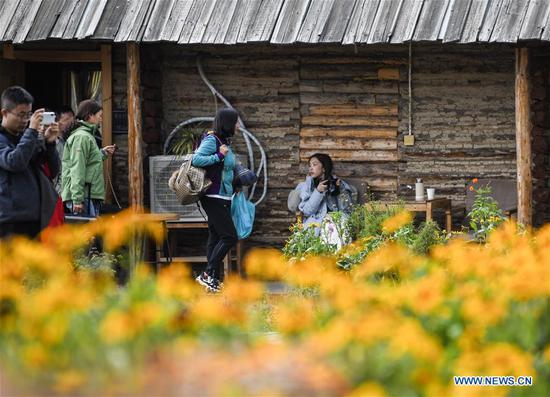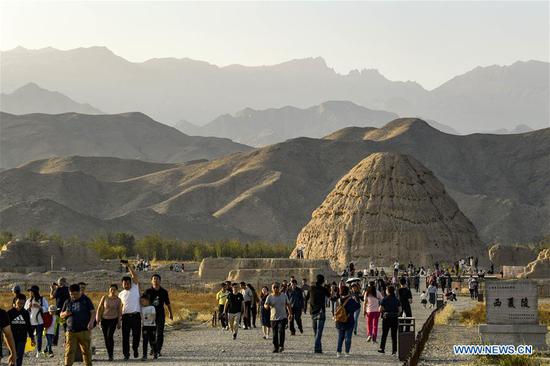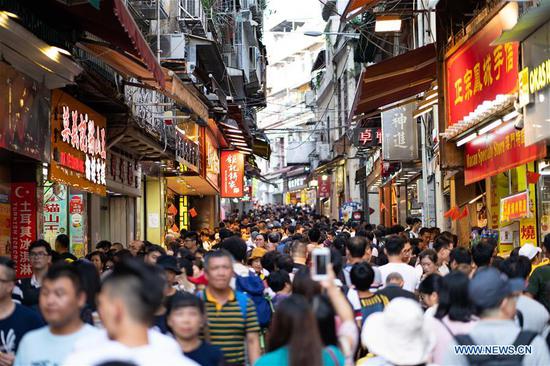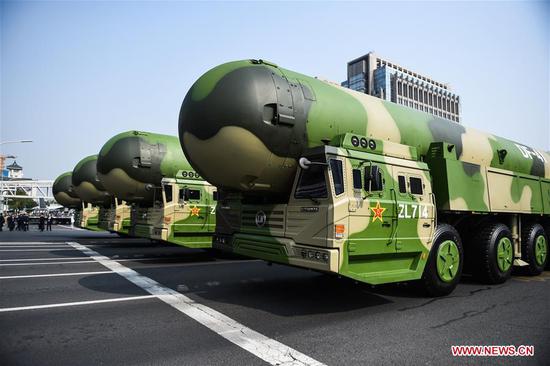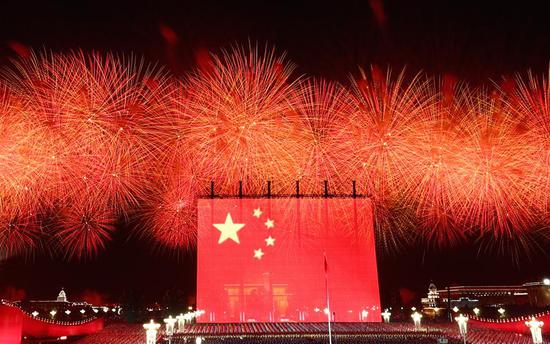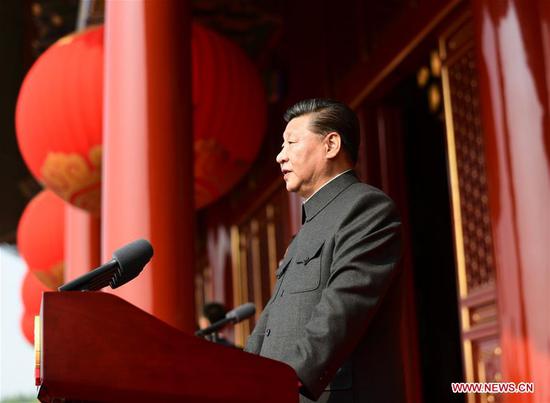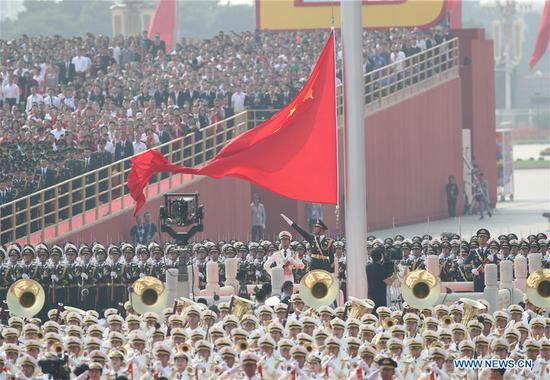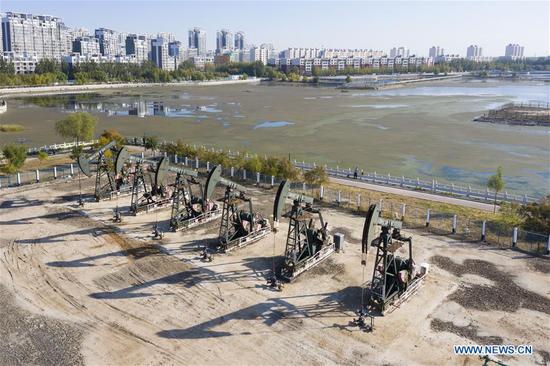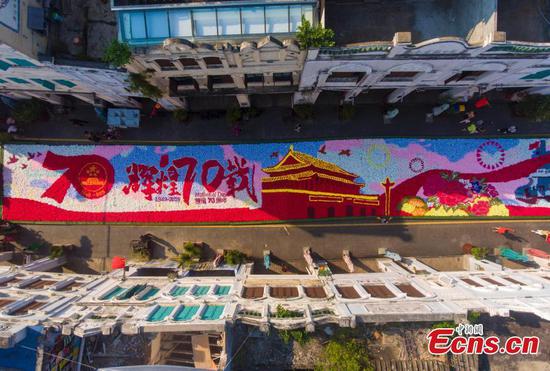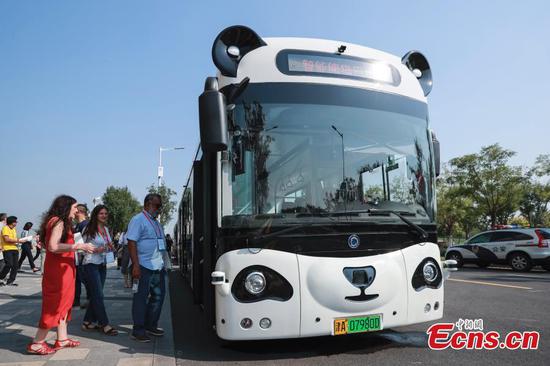
Wanda Plaza, a new landmark in Zhangjiagang, Jiangsu province, is pictured at night. (Photo/zjgonline.com)
The economic aggregate of 2,809 small and medium cities on the Chinese mainland reached 76.43 trillion yuan ($10.69 trillion), accounting for 84.89 percent of the national figure, according to a report co-published by institutions including the Small and Medium Cities Development Strategy Research Institute.
As People's Daily reported Oct 8, having focused on the development of Chinese small and medium cities for 15 years, research findings have been released every year in this report on 698 cities focusing on five categories: overall capability, green development, investment potential, technical innovation, urbanization quality.
As per the report, the overall capacity index point rose to 70.5 in 2019, up 0.2 percent from a year earlier.
Small and medium cities in East China reached the highest figure of 76.8, up 0.1 percent, while cities in Central China hit 70.6, up 0.2 percent. Northeast China meanwhile stood at 65.4, up 0.1 percent, and Southwest China reached 65.2 percent, up 0.4 percent.
In terms of the green development index point, Chinese small and medium cities attained 61.7.
Cities in East China maintained a leading position, rising 0.6 percent to a score of 67.1, followed by the Central region at 58.7, the Northeast at 55.3 and the Southwest at 52.6, which all recorded rises.
The report showed that in 2019, the investment potential in Chinese small and medium cities continued to improve.
The investment potential index point hit 82.4, up 0.1 percent year-on-year. The biggest contributors were improvements in infrastructure and the environment. The scores in East, Central, Southwest and Northeast China were 84.3, 83.2, 79.9 and 79.8.
Although the technical innovation index point rose to 58.5 in 2019, compared with mega cities, small and medium cities were remarkably weaker in innovation capacity, and the inter-region gap widened with East scoring 65.8, Central 56.4, Southwest 52.5, and Northeast 52.2.
The urbanization quality index point in 2019 was 0.5 percent higher than that of last year, standing at 46.2 point. In recent years, small and medium Chinese cities recorded more significant progress in public services, infrastructure and environmental protection. Improvements in public services in 2019 became the most prominent factor driving up their scores.
But it is noteworthy that the development gap is widening. Cities adjacent to central cities recorded growths in population, while one-third of counties and cities registered decreases. In addition, the reform on local government bond will likely bring a strike on infrastructure construction in small and medium cities.













